Introduction
In the evolving landscape of architectural design, 3D rendering has emerged as an indispensable tool that transcends traditional methodologies, offering architects the ability to visualize and communicate their ideas with unprecedented clarity and precision. This intricate process not only converts three-dimensional models into stunning two-dimensional images but also facilitates a deeper understanding of spatial relationships and design intentions.
As architects navigate the complexities of client expectations and project parameters, the integration of advanced rendering techniques becomes vital. From photorealistic visuals that captivate stakeholders to animated presentations that tell a story, the diverse applications of 3D rendering are reshaping how architectural concepts are presented and perceived.
This article delves into the multifaceted world of 3D rendering, exploring its significance, various types, best practices, and emerging trends that are set to redefine architectural workflows and enhance client engagement.
Understanding 3D Rendering: Definition and Functionality
3D visualization refers to the sophisticated process of generating two-dimensional images or animations from three-dimensional models, utilizing advanced computer graphics to replicate real-world environments with precision. This multifaceted process encompasses several critical functionalities:
- Modeling, which involves creating the 3D structure.
- Texturing, which applies surface details.
- Lighting, which simulates natural and artificial illumination.
- The final output that combines these elements into a cohesive image.
In the field of building visualization, the importance of 3D renderings for modern architecture is highlighted as they serve as a crucial tool for architects and designers, allowing them to showcase their ideas in a photorealistic format.
This capability not only enhances communication with clients and stakeholders but also transforms abstract ideas into concrete visual representations. By offering clearer insights into design proposals, 3D visualization demonstrates the importance of 3D renderings for modern architecture in facilitating informed decision-making throughout the design process. Especially for homeowners and businesses, determining the appropriate level of detail in architectural visualizations is essential to effectively convey vision and intent.
For developers, 3D townhome rendering enhances clarity and communication, empowering them to craft compelling narratives that resonate with builders, lenders, and municipalities. This ensures alignment on objectives and reduces misunderstandings. Furthermore, the importance of 3D renderings for modern architecture plays a significant role in these processes, as it instills confidence in the endeavor and serves as a tangible asset that can generate interest and investment long before construction begins.
This is vital for generating income and effectively handling stakeholder relationships. In the context of the building profession, where male architects earned an average income of $85,968 compared to $79,033 for female architects, the use of advanced tools like 3D visualization can help equalize opportunities by enhancing results and client satisfaction. According to Fortune Business Insights, the global digital asset management market was valued at $3.96 billion in 2023, indicating a growing trend in the integration of digital technologies in architecture.
Moreover, examining case studies where teams handle opposing viewpoints in decision-making, 3D visualization can likewise aid architects in harmonizing varying creative methodologies, ensuring all stakeholders are informed and engaged. By enabling effective communication, these representations become invaluable assets that not only visualize concepts but also drive investment and interest in construction projects.
The Importance of 3D Rendering in Architectural Design
The importance of 3D renderings for modern architecture has become a cornerstone of architectural creation, delivering numerous advantages that elevate the practice. First and foremost, it enhances visualization, allowing architects to create lifelike representations of their concepts. This capability not only aids in design validation but also underscores the importance of 3D renderings for modern architecture in significantly improving client communication.
By presenting realistic images, architects can effectively convey their vision, facilitating real-time feedback and necessary adjustments. The effectiveness of this method is highlighted by Autodesk’s discoveries, which show that companies using Building Information Modeling (BIM)—incorporating 3D visualization—achieve an average time savings of 20% on assignments.
Furthermore, testimonials from clients at J. Scott Smith Visual Designs emphasize the importance of 3D renderings for modern architecture, illustrating how enduring partnerships are established through trust and reliability in 3D services. For instance, one client noted, “The visualizations provided were so realistic that they truly brought our project to life, allowing us to make informed decisions early on.” These experiences demonstrate our dedication to not only meet but surpass expectations, further highlighting the advantages of outsourcing 3D design to improve business efficiency.
Additionally, when considering whether to outsource 3D architectural visualization, businesses should evaluate their internal capabilities and the potential for time and cost savings. Outsourcing can free up valuable resources, allowing teams to focus on core competencies while leveraging specialized expertise.
3D models also play a crucial role in educating the public about the importance of 3D renderings for modern architecture and design, actively engaging citizens in urban planning processes. This aspect is vital for fostering community involvement and ensuring that developments align with public interests. Furthermore, 3D visualizations serve as powerful marketing tools, prominently featured in brochures and online platforms to attract potential investors and buyers.
This visual communication strategy not only streamlines the approval process with clients but also enhances engagement, as seen in recent case studies indicating that up to 50% of industry professionals anticipate a shift towards more intuitive design tools, with 37% planning to invest more in AI technologies.
Moreover, the importance of 3D renderings for modern architecture in enhancing property value through visual appeal and market differentiation cannot be overstated. They contribute to an immersive buyer experience, instilling confidence and offering customization options that align with client preferences. The ability to control lighting in interior scenes through 3D visualization contributes to the creation of desired ambiances, eliminating the need for extensive lighting crews and further enhancing the design process.
The overall effect of these technologies has led to enhanced cooperation among stakeholders, reducing expensive revisions and ultimately raising the quality of design endeavors. As the industry keeps adopting real-time visualization and artificial intelligence, the standardization of these practices promises to enhance innovation and efficiency in design workflows.
Types of 3D Renderings Used in Architecture
In the field of architectural creation, various unique forms of 3D visualizations are utilized, demonstrating the importance of 3D renderings for modern architecture, with each fulfilling essential purposes customized to specific goals.
Photorealistic Renderings: These images exhibit meticulous detail, closely mimicking real-world conditions. They are particularly effective for client presentations and marketing materials, providing an accurate representation of the final product and significantly enhancing client connection and satisfaction.
Conceptual Visualizations: Emphasizing the overarching creative purpose instead of particular materials or textures, these visuals are less detailed and essential during the initial phases of development. They facilitate discussions around the vision and overall aesthetic of the initiative, encouraging client feedback and collaboration to align with their vision.
Animation Visuals: By showcasing dynamic visualizations, animation visuals display the initiative from various perspectives or simulate movement through the space, thus enhancing the storytelling aspect of the concept and ensuring effective communication in the decision-making process.
Virtual Reality (VR) Visualizations: Providing immersive experiences, VR visualizations enable clients to interactively explore environments, offering a deep comprehension of the concept and capturing the essence of the project.
Each type of visualization is strategically selected based on the project’s objectives and the target audience, ensuring effective communication of the architect’s vision. Moreover, the iterative aspect of design visualization is essential, as modifications can be applied to the 3D models, textures, lighting, or viewpoints based on client feedback, enabling adjustments prior to final approval. This feedback loop is crucial for aligning the layout with the client’s expectations and improving satisfaction.
High-quality renderings highlight the importance of 3D renderings for modern architecture in capital campaigns and community engagement, especially for institutions like Kirtland Community College. With nearly 25 thousand pre-vetted freelance professionals available through platforms like Cad Crowd, architects can easily find skilled 3D artists to assist in this process. As noted by 3D professional Sushmita Roy, ‘When I’m not busy working for a new project, I share valuable insights from my own experience,’ underscoring the importance of collaboration and expertise in achieving compelling architectural visuals.
This teamwork is vital in navigating the complexities of design and ensuring that every detail resonates with the intended vision.
Best Practices for Creating Effective 3D Renderings
To achieve effective 3D renderings, it is imperative to adhere to the following best practices:
Invest in Quality Software: Choose advanced visualization software that offers a comprehensive set of features and flexibility tailored to architectural needs. High-quality software can significantly improve processing capabilities, allowing for more sophisticated visual outputs.
Pay Attention to Lighting: The role of lighting in visualization cannot be overstated; it is fundamental in creating realism. Experimenting with various light sources and settings can produce dramatic effects that enhance the overall quality of your visuals. As noted by Paul Keskeys, Editor in Chief at Architizer, “If a diagram, sketch, or physical model can communicate your concept better than a polished visual, you should steer clear of the uncanny valley in favor of clarity.” This emphasizes the importance of achieving clarity through effective lighting techniques, which are crucial in both architectural visualization and other areas such as medical imaging and product prototyping, ultimately improving communication and idea conveyance.
Use High-Quality Textures: Realistic textures play a crucial role in the believability of a visualization. Ensure that materials are represented accurately to mirror their real-world properties, enhancing the viewer’s experience and facilitating better client engagement.
Optimize Rendering Settings: Strike the right balance between quality and processing time. Adjust settings such as resolution, sample rates, and rendering methods to yield optimal results while minimizing delays. A concentration on efficiency can result in more effective creation methods and enhanced timelines. Statistics indicate that images with a cleaner aesthetic—less clutter—receive 29% more engagement, highlighting the significance of careful planning in project development.
Solicit Feedback: Regular feedback from colleagues and clients is invaluable. Interacting with stakeholders guarantees that the visuals match expectations and needs, promoting improved communication and teamwork throughout the development process. This iterative method can significantly improve the effect and efficiency, assisting in the resolution of potential conceptual issues early in the process.
Additionally, advancements in visualization technologies illustrate the importance of 3D renderings for modern architecture, showing how integrating sophisticated visualization methods and cloud-based processing services allows architects to focus on creativity while achieving stunning visual results. High-quality visualizations serve as a window into the future of your endeavor, allowing everyone involved to see the potential and understand the vision behind the blueprints. This not only promotes more effective creative practices but also enhances communication among contractors and clients, building excitement about what’s to come and making informed decisions crucial for the project’s future.
Future Trends in 3D Rendering for Architecture
The domain of 3D visualization is experiencing substantial transformation, with several pivotal trends set to shape its future. Notably, Real-Time Rendering is increasingly becoming a standard practice in architectural creation, allowing for instant visual feedback and fostering a more interactive process that can significantly enhance client engagement and decision-making. In fact, North America dominated the global 3D visualization market with a major share of over 34% in 2023, underscoring the significance of this technology within the industry.
The Integration of AI is also on the rise, with artificial intelligence playing a crucial role in automating visualization processes. This will not only boost efficiency but also enable architects to develop more sophisticated simulations driven by data analytics, thereby refining design accuracy and creativity. The recent launch of MacOS Sonoma by Apple, which improves the Mac experience and supports advanced 3D visualization features, exemplifies the technological advancements driving this trend.
Moreover, high-quality visuals serve as a strategic investment, acting as a window into the future of initiatives. They enable stakeholders to visualize potential outcomes and comprehend the vision behind the blueprints, which is essential for informed decision-making and enhancing appeal during the approval process. Importantly, these renderings can charm investors by clearly showcasing the initiative’s potential and streamlining the approval process through enhanced visual clarity.
The application of Virtual and Augmented Reality technologies is anticipated to increase, enabling clients to engage themselves in building concepts before construction commences. This immersive experience can lead to more informed feedback and ultimately smoother project execution, generating excitement about what’s to come.
A Sustainability Focus is becoming increasingly relevant as well. Future visualizations are likely to emphasize sustainable aspects, showcasing energy-efficient materials and systems that align with environmental considerations, reflecting a broader industry shift towards responsible architecture.
Finally, Cloud-Based Solutions are set to revolutionize collaboration within architectural teams. By enabling the exchange of high-quality renderings irrespective of geographical locations, these technologies simplify the creation process, boosting productivity and innovation. Additionally, expert validation plays a critical role in ensuring the reliability of market reports, which is essential for data-driven design processes and adds credibility to the insights derived from these renderings. By staying abreast of these trends and recognizing the importance of 3D renderings for modern architecture, lead architects can effectively leverage emerging tools and techniques, thereby enhancing their designs and project presentations for a competitive edge in the market.
Conclusion
The exploration of 3D rendering in architectural design underscores its transformative role in enhancing visualization, communication, and decision-making processes. By converting complex three-dimensional models into detailed two-dimensional images, architects can effectively convey their design intent, facilitating clearer dialogue with clients and stakeholders. The diverse types of renderings—ranging from photorealistic to virtual reality—cater to various project needs, demonstrating the versatility and adaptability of this technology in meeting contemporary architectural challenges.
Implementing best practices in 3D rendering, such as:
- investing in quality software
- optimizing lighting
- soliciting regular feedback
can significantly elevate the effectiveness of visual presentations. This iterative approach not only improves the quality of the renderings but also fosters collaboration among team members and clients, ultimately leading to more informed design decisions. As the industry embraces emerging technologies, including real-time rendering and artificial intelligence, the potential for enhanced efficiency and creativity becomes apparent, paving the way for innovative architectural solutions.
Looking ahead, trends such as sustainability focus and cloud-based collaboration highlight the ongoing evolution of 3D rendering in architecture. By integrating these advancements, architects can not only improve project outcomes but also align their designs with the growing demand for environmentally responsible practices. In conclusion, the strategic use of 3D rendering is not merely a tool but a critical component in shaping the future of architectural design, enabling architects to realize their visions with unparalleled clarity and precision.
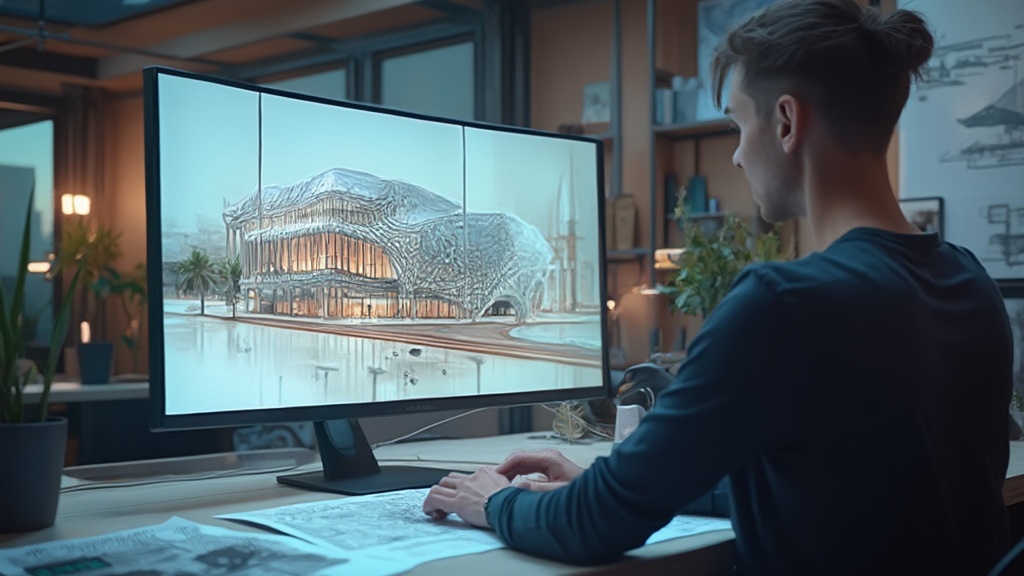
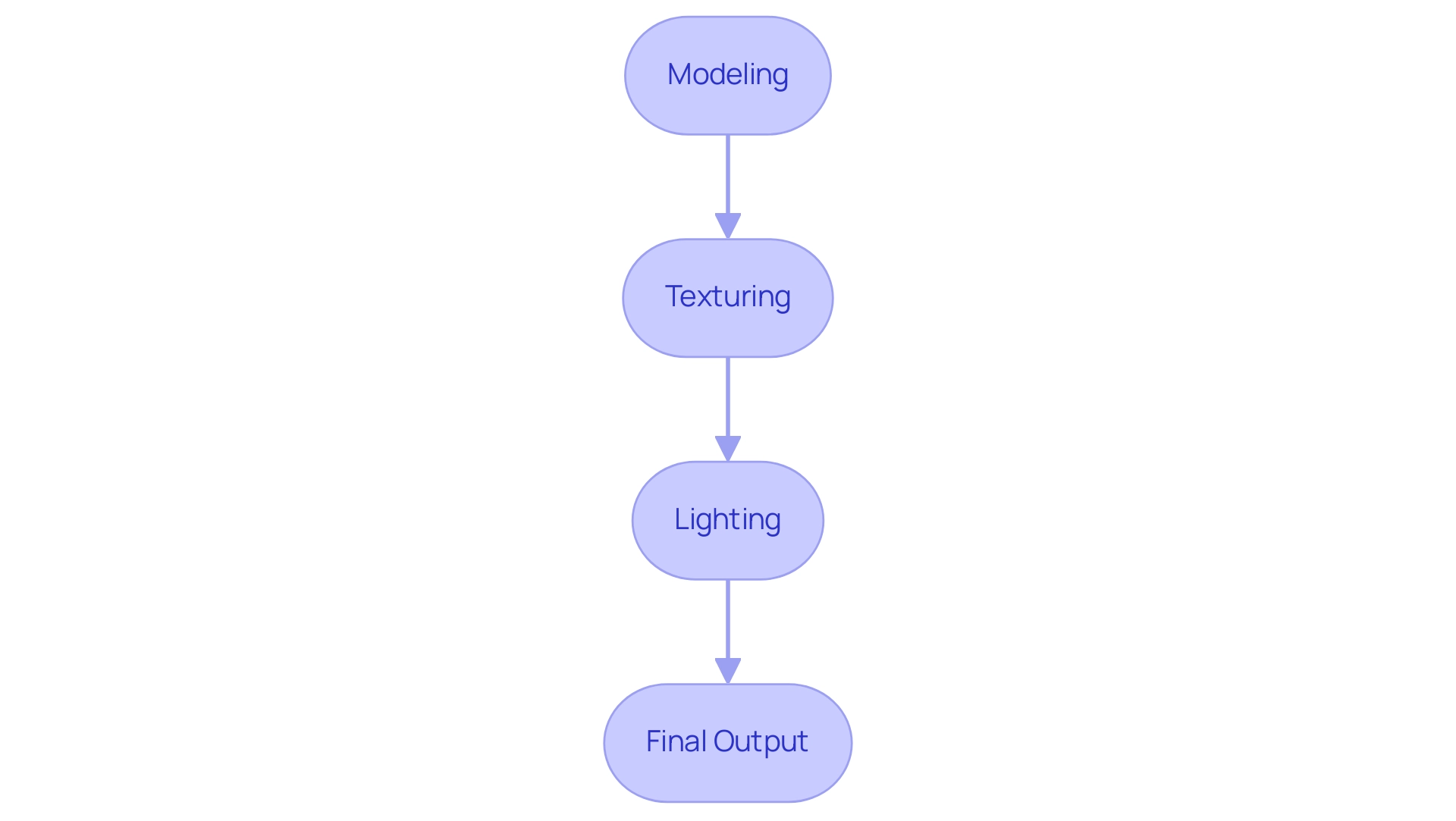
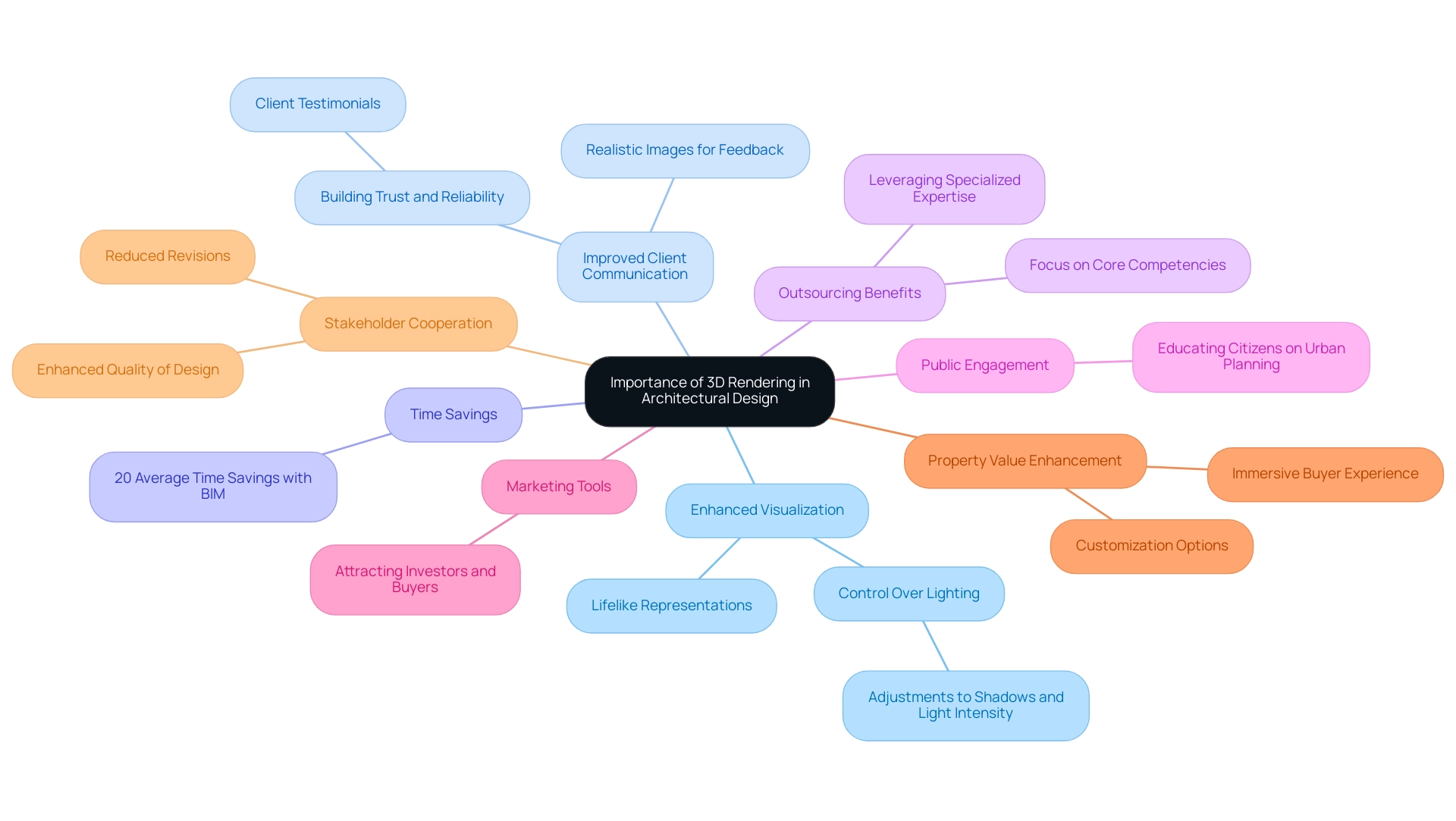
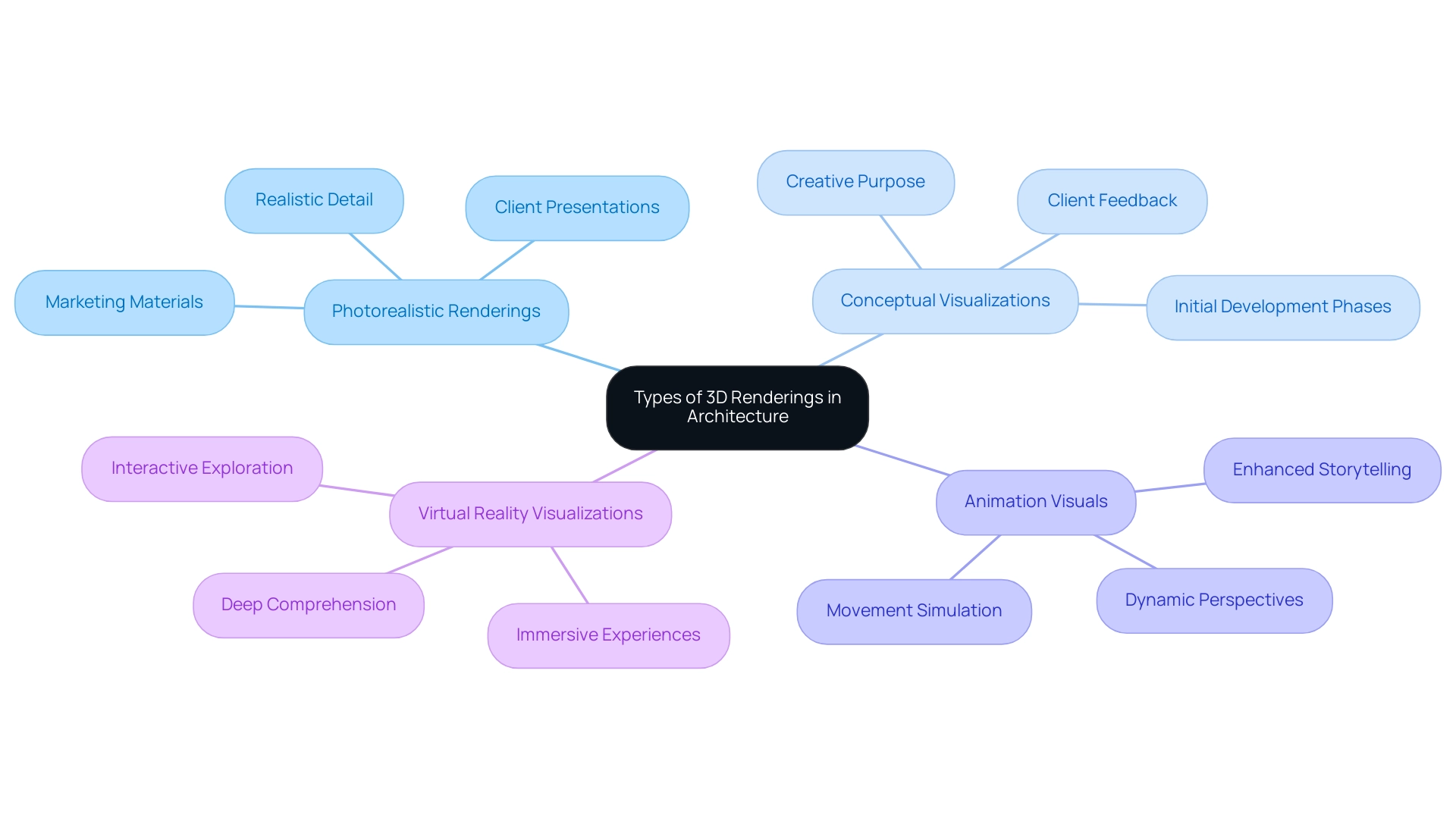
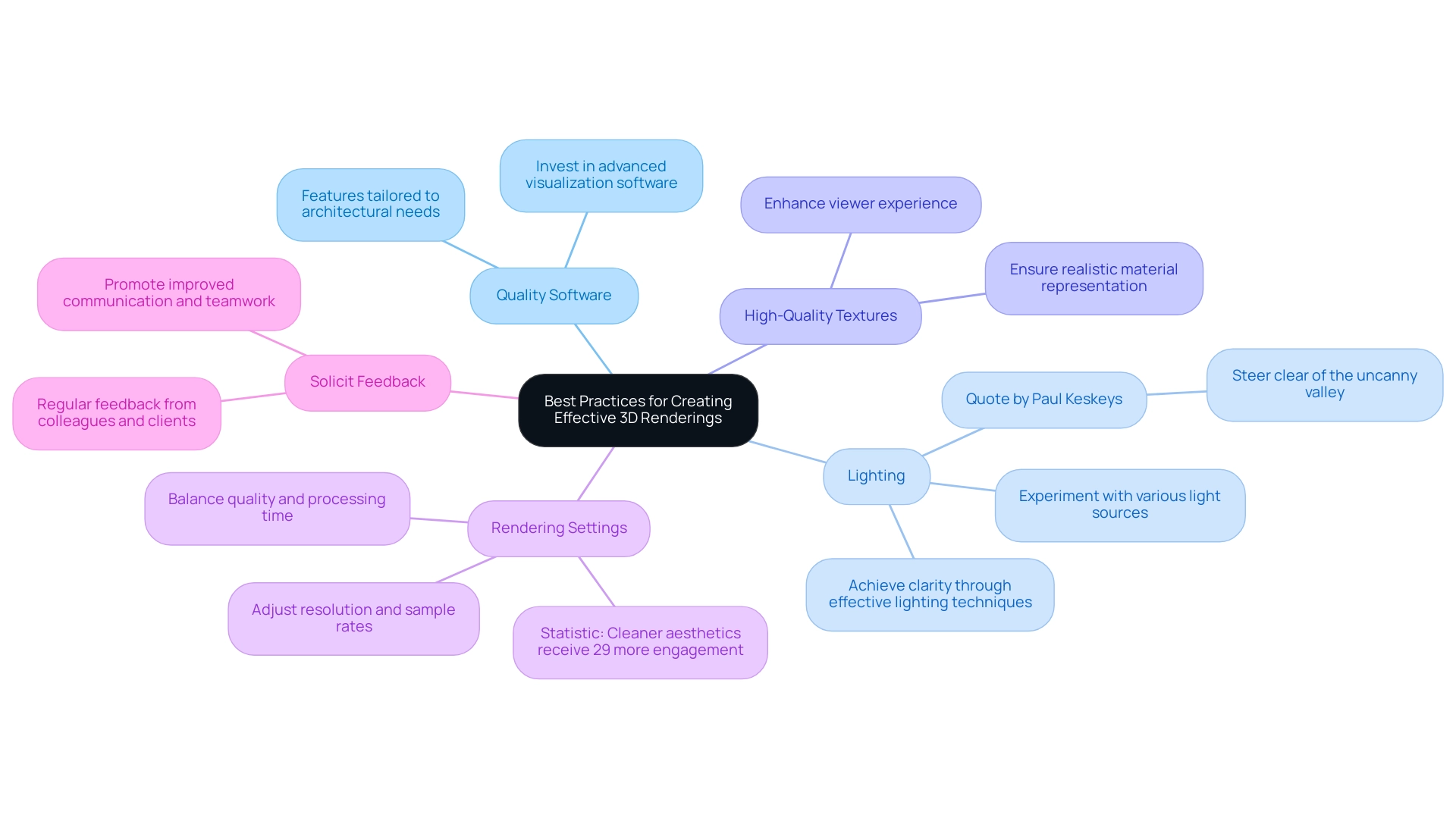

0 Comments